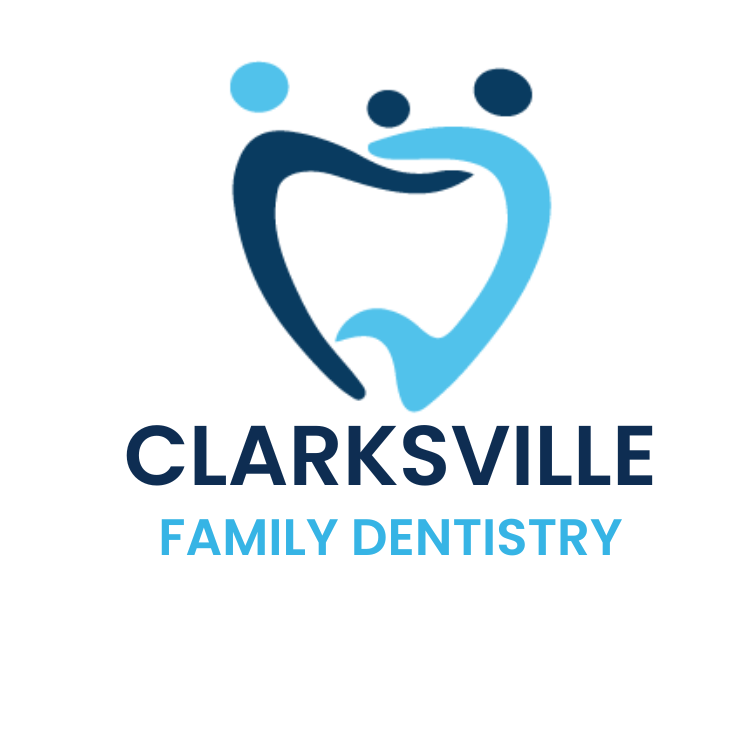
Unexpected Symptoms of Gum Disease
Gum disease, also known as periodontal disease, afflicts millions worldwide, yet its symptoms aren’t always conspicuous. While bleeding gums and halitosis are recognizable indicators, several lesser-known signs warrant attention for timely intervention and prevention of disease progression. Let’s delve into these unexpected symptoms and their significance in this blog post.
1. Receding Gums:
Gum recession, characterized by the retreat of gum tissue, exposes more of the tooth’s surface, potentially causing tooth sensitivity. Advanced gum disease weakens the supportive tissues, precipitating this condition, which, if untreated, can culminate in tooth loss.
2. Altered Bite or Dental Alignment:
Surprisingly, gum disease can disrupt tooth alignment and bite patterns. Weakened gum tissues fail to furnish adequate support, prompting teeth to shift or loosen, resulting in noticeable changes in bite alignment.
3. Persistent Halitosis:
Chronic bad breath, often attributed to subpar oral hygiene, can signal gum disease. Bacteria associated with gum disease emit toxins contributing to foul breath. If diligent oral care fails to alleviate persistent halitosis, dental consultation is imperative.
4. Speech Changes:
Gum disease may impede clear speech by affecting gum recession and tooth positioning. Noticeable alterations in speech, coupled with symptoms like bleeding gums or tooth sensitivity, may indicate underlying gum disease.
5. Jaw Discomfort:
Advanced gum disease can evoke jaw pain or tenderness, particularly during chewing or pressure application. Weakened support structures around teeth strain the jaw, potentially leading to temporomandibular joint (TMJ) disorders if overlooked.
In Conclusion:
While bleeding gums and bad breath serve as hallmark signs of gum disease, vigilance toward these unexpected symptoms is paramount. Early recognition facilitates preventive measures and preserves oral health. Prompt dental intervention is pivotal, as early treatment is pivotal in effectively managing gum disease and upholding a radiant, healthy smile.
